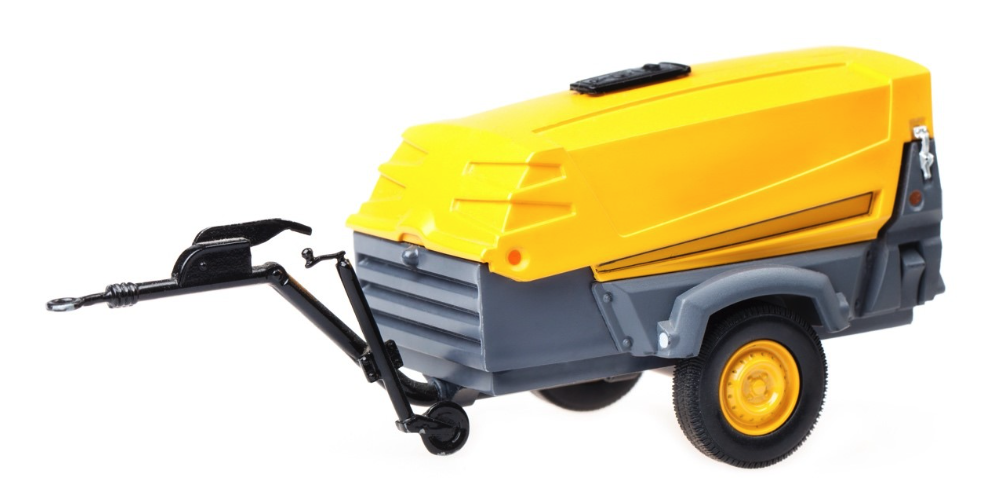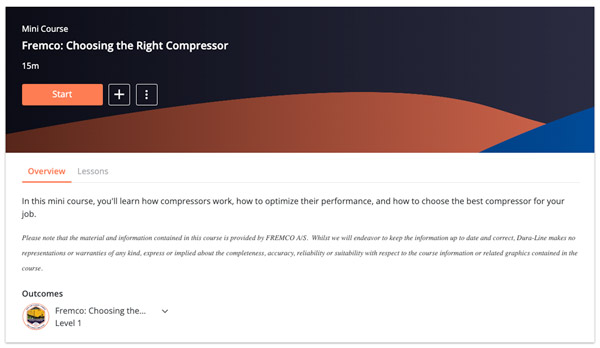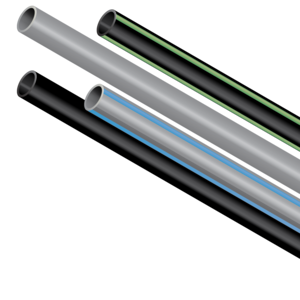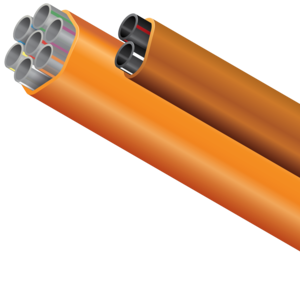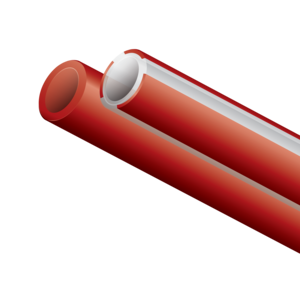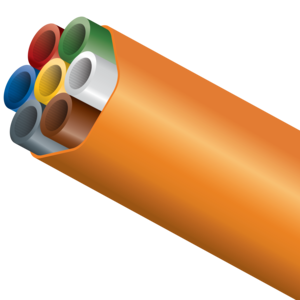What is an air compressor?
An air compressor is a device that converts power into potential energy, stored in pressurised air. Air compressors can be used for all kinds of jobs, like powering pneumatic construction tools, sterilisation and air filtration in the healthcare industry, and simply inflating tires and air mattresses in residential settings. In telecommunications, air compressors provide the all-important high-pressure air that creates the viscous drag force needed to carry a fibre-optic cable through a length of conduit.
What are the benefits?
In any kind of cable installation, friction is the enemy. Best-case scenario, it can limit your installation speed and distance, and worst-case scenario, it can cause damage to your cable (e.g., buckling effects). But with jetting, the cable is carried by fast-moving air from the compressor, effectively dragging it through the pathway, thereby significantly reducing the friction. The result is safer installations with less mechanical stress on the cable – typically 2-3 times faster and longer when compared with traditional pulling methods.
How do I choose the right compressor?
In short, it all comes down to what you need to install. If you don’t necessarily know and want to leave your options open, a good rule of thumb is to base your choice on the largest conduit or MicroDuct you need to install into. If you regularly work with high fiber counts in, for example, data centre applications, you’ll need a larger compressor. If FTTH drops are your thing, you’ll be at the smaller end of the scale.
In any case, there are three factors to consider when selecting the right compressor for a given project:
Pressure
Pressure is the force exerted by the compressed air inside the compressor and conduit, measured in Bar. High, stable air pressure allows the jetting machine to push a cable through complex routes over long distances. Typical pressure ranges for jetting:
- For MicroDucts: 10-12 Bar, up to a maximum of 16 Bar, based on jetting machine limitations.
- For standard conduits: 8-12 Bar.
Volume
Volume is the amount of air a compressor can take in and compress in one minute, typically measured in litres (LPM) or cubic feet cubic metres (CMM). Compressor volume is increasingly important when jetting into larger MicroDucts and standard conduits, where higher pressure and airflow are needed due to the increased inner diameter (ID) of the pathway, cable weight and friction. Ideal volume ranges by conduit size:
- MicroDucts 5.5 to 14 mm ID: 300-1,700 LPM (0.28-1.7 CMM).
- MicroDucts 16 mm to 20 mm ID: 2,800-10,600 LPM (2.8-10.6 CMM).
- Standard conduit 25 to 50 mm ID: 4,250-12,000 LPM (4-12 CMM).
After treatment
As air is compressed, it becomes hotter, which can affect jetting distance and efficiency. This is before considering the ambient temperature and humidity at an installation site, which can also have a detrimental impact on jetting results. Therefore, an air cooler and water separator may be required in hot or humid climates – particularly when temperatures exceed 25°C. This can usually be purchased or hired from a jetting equipment provider.
Final considerations
Air compressors are a critical but often overlooked component of a successful fibre cable jetting installation. The high-speed, pressurised air they supply can carry cables over impressive distances and through complex routes, using the proper balance of air pressure and volume. But be aware that too much, or too little, pressure can potentially damage conduits and couplers (e.g., bursting or separation) and cables negotiating tight bends (e.g., buckling). So always consult your equipment manufacturer(s) for advice on the appropriate hardware for your installation.
Ready to learn more?
If you’re ready to dive deep into the process of compressor selection, check out our online education course developed in partnership with Fremco and learn more about how compressors work, how to optimize their performance, and how to choose the right compressor for your job.


